
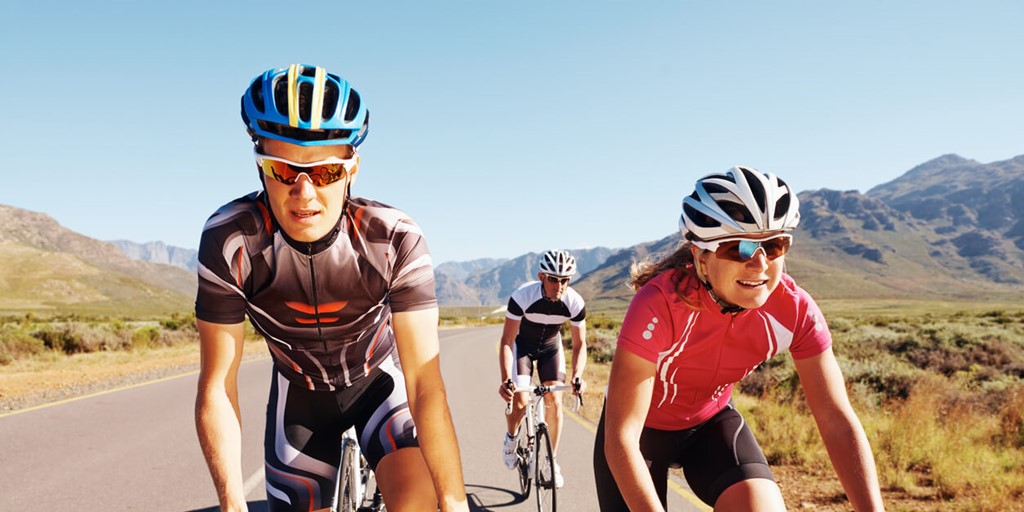
Long distance cycling not only helps build strength and endurance, but longer rides also make for rewarding days out—especially if you get lucky with the weather.
However, planning is key when it comes to long distance cycling. Countless cyclists have found themselves in trouble, having not fully prepared for the demands of a long ride.
If you’re worried this could be you—fear not. We’ve worked with Olympic cyclist and Cycleplan ambassador Lizzie Deignan MBE to provide 6 top tips for long distance cycling.
Lizzie tells us what she does before, during, and after a long ride to ensure each one is a success.
6 top tips for long distance cycling

Plan your route
We all know that spontaneous rides and routes are fun, but if you’re going to be on the road for more than a couple of hours, make sure you know your route in advance.
Study a map before you set off and make sure there are no surprises. Punishing climbs or rough terrain should never catch you off guard if you can help it. It’s also wise to check the weather forecast before you set off.
Lizzie says: “Depending on what you want to get out of your ride, it’s worth planning your route—especially if you’re training and there’s something specific you want to get out of it, such as hills.
“Equally, if you feel nervous around busy roads, you can plan ahead to ensure your route avoids them. Knowing where you’re going in advance is also a lot less hassle, as you won’t have to keep stopping to check where you are or that you’re going the right way!
“It’s worth putting your route into your bike computer, too, if you have one. If not, there are plenty of cycling navigation apps available for your phone that can help.”
Fuel properly
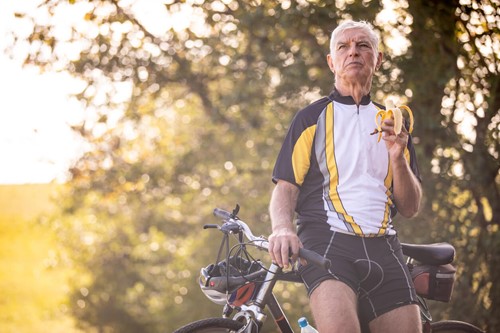
As a regular cyclist, you’ll already know what foods help your body to perform, but consistency is key.
Let’s say you usually start the day with a bowl of porridge or cereal—don’t just suddenly switch to egg on toast, for example, the morning of a long distance ride. It may not agree with you, and you won’t feel at your best out on the road.
Make sure you also take plenty of water with you and something to snack on during the ride to keep your energy levels up. Good cycling snacks include bananas, flapjacks and energy bars.
Lizzie says: “It goes without saying, but fuelling properly is vital for any long ride. I always start the day with a big bowl of porridge with chia seeds, coconut oil, almond milk, and raisins or seasonal berries. I always have a double espresso to wake me up too! Then, I make sure I eat during any ride more than two hours long.
“I eat every half an hour. I find it easier to digest food in smaller portions, little and often. I usually eat a flapjack, banana, or croissant during training and then save my energy products for racing. Make sure your post-ride recovery food is right, too—I’ll normally have lunch as soon as I get off the bike. An omelette and salad with some carbs, too, would be my go-to.”
Related: Top 5 foods for cyclists (and why)
Take security precautions
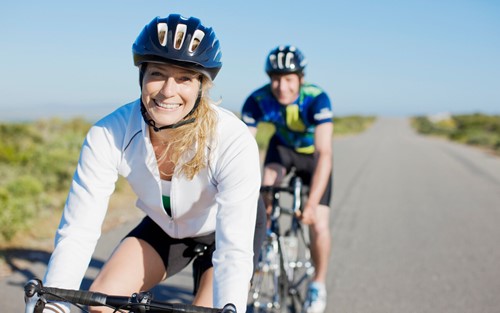
Long distance cycling is not without its fair share of risk, so having the right safety equipment with you is always essential.
Wearing a helmet and attaching lights to your bike can save lives, so don’t risk riding without them, regardless of distance. Make eye contact with all other road users and try to anticipate their movements—just as you would if driving a car.
Lizzie says: “Make sure you follow the rules of the road and respect other road users. Be visible at all times by wearing appropriate clothing and using lights (even during the day).
“Don’t hug the edge of the road, either—there’ll be more potholes and grates there, and it also makes it more tempting for cars to nip past you from behind.”
Check out our Pedal Safe campaign for more tips on staying safe when road cycling.
Prepare for emergencies
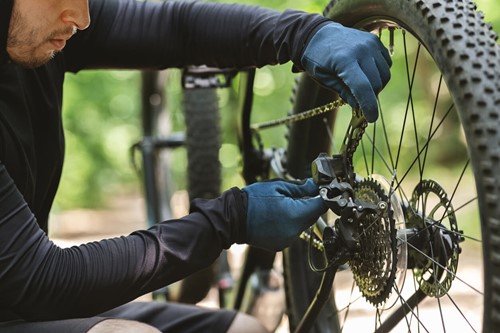
Cycling is unpredictable—especially long distance cycling, as you never know what unexpected things or scenarios you may encounter along your route.
As a bare minimum, take a pump, inner tube, a multi-tool, waterproof jacket, and a self-adhesive puncture pack. Always ensure your mobile phone is fully charged before you set off, too, in case you run into trouble and need to make an emergency call.
Carrying a portable battery pack is also advisable. This will give you peace of mind that you’ll be able to recharge should you run low, plus you’ll have more battery life to play with for photos!
Related: Best powerbank for bike touring—Anker Powercore 26800
Get comfortable
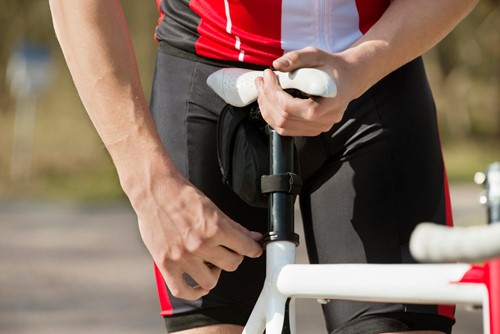
Though you might feel at ease when you first get on your bike, be mindful that over the course of a long distance ride, things can start to rub, chafe and pinch. That’s why it’s important to get as comfortable as possible before you set off because, sadly, it’ll only go downhill from there.
A good pair of padded cycling shorts could save you from hours of pain, and generally speaking, you should always wear tight clothing for cycling, as this will make you as streamlined as possible. If you’re cycling in the UK, you should, of course, always anticipate changes in the weather, too.
Lizzie says: “Getting comfy on your bike is vital for long distance cycling. Make sure your saddle is adjusted appropriately, and you can reach the pedals comfortably.
“Another good tip is to break in new equipment on shorter rides before taking them further afield. Don’t get a brand-new bike, shoes or pedals and go straight out for a five or six-hour ride. That’s a surefire route to injury.”
Listen to your body
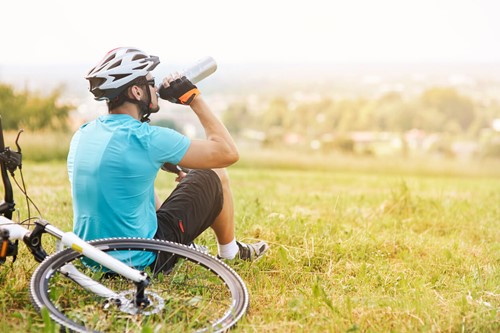
Listening to your body is so important—not just when cycling but at all times.
When cycling over long distances, go at your own pace and don’t use up all your reserves on the first couple of hills—you probably won’t recover for the rest of the ride, and so it’ll be a miserable one as a result!
If you feel you can’t push yourself any further, that’s fine. Every day is different, and what you achieved last week might not feel right today. Listen to your body and trust that it knows best.
Lizzie says: “If you start to feel a niggle then don’t push it. Always side with caution and take it easy, or even cut your ride short if you’re not feeling right.
“While you may lose three days’ training with a small pain, you could face weeks or even months off the bike with a fully developed injury. Don’t take the risk.”
Related: Cycling and injury—what you need to know
Specialist cycling insurance with Cycleplan
Long distance cycling is one of the most rewarding types of cycling, but it’s not without its fair share of risk. That’s why you might also want to consider protecting yourself and your bike with specialist cycling insurance.
Through Cycleplan, you’re covered for theft, loss, and accidental damage up to £30,000. You can also choose to add Personal Accident and Public Liability cover to protect you if deemed liable for injury to someone else or damage to someone’s property while out on your bike.
Learn more about specialist cycling insurance here and get an online quote today.
Related
The 11 best mountain bikes under £500
